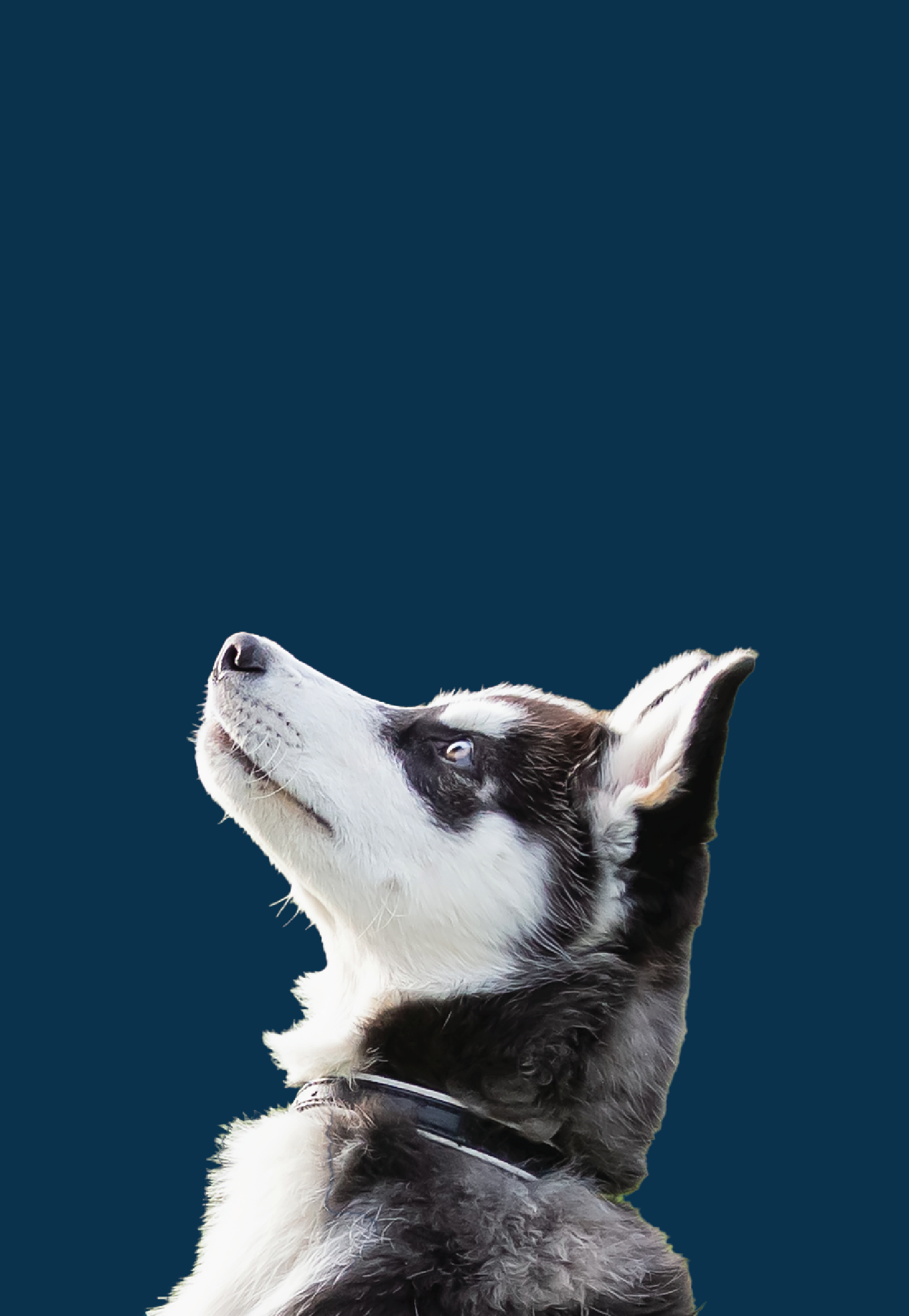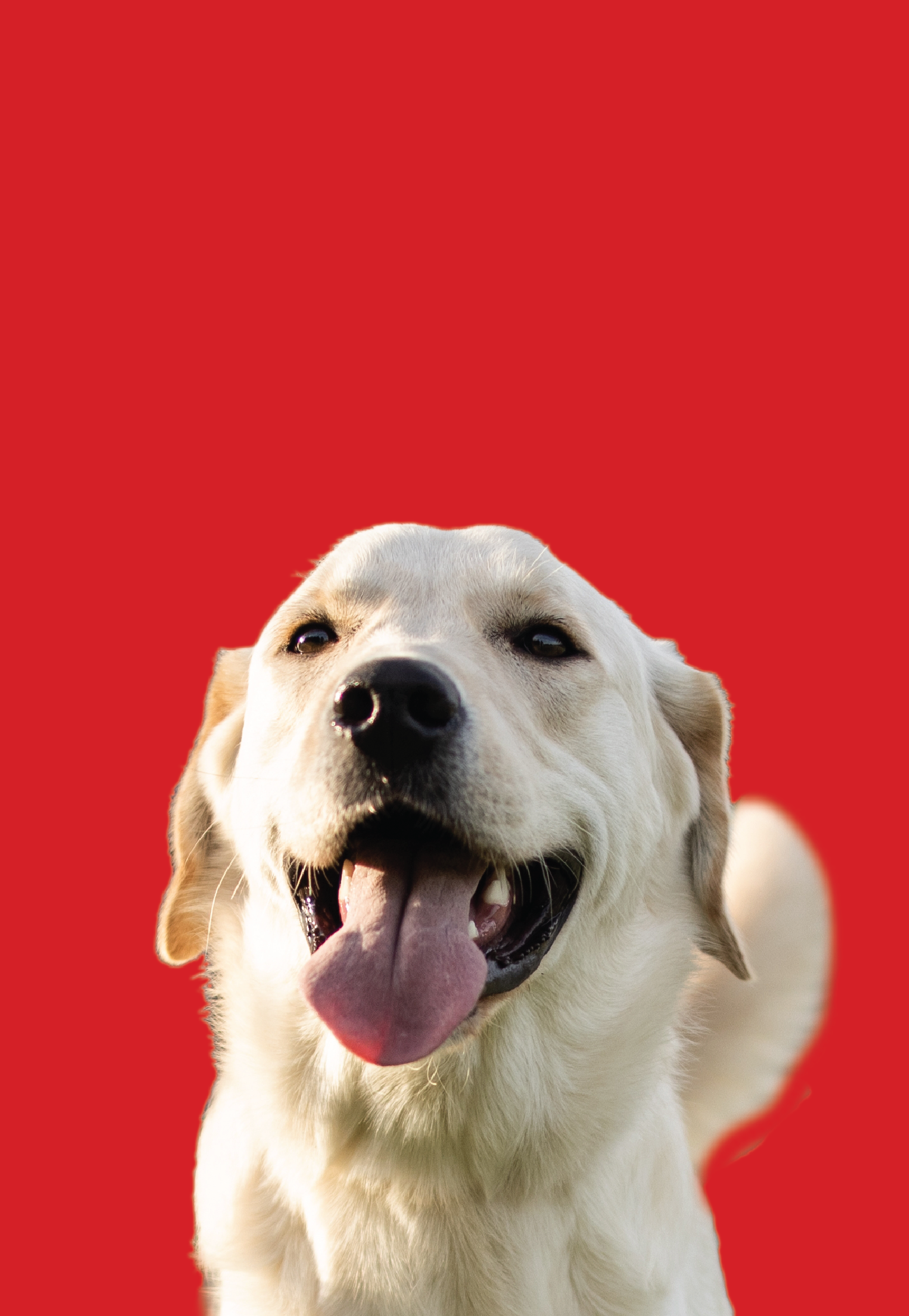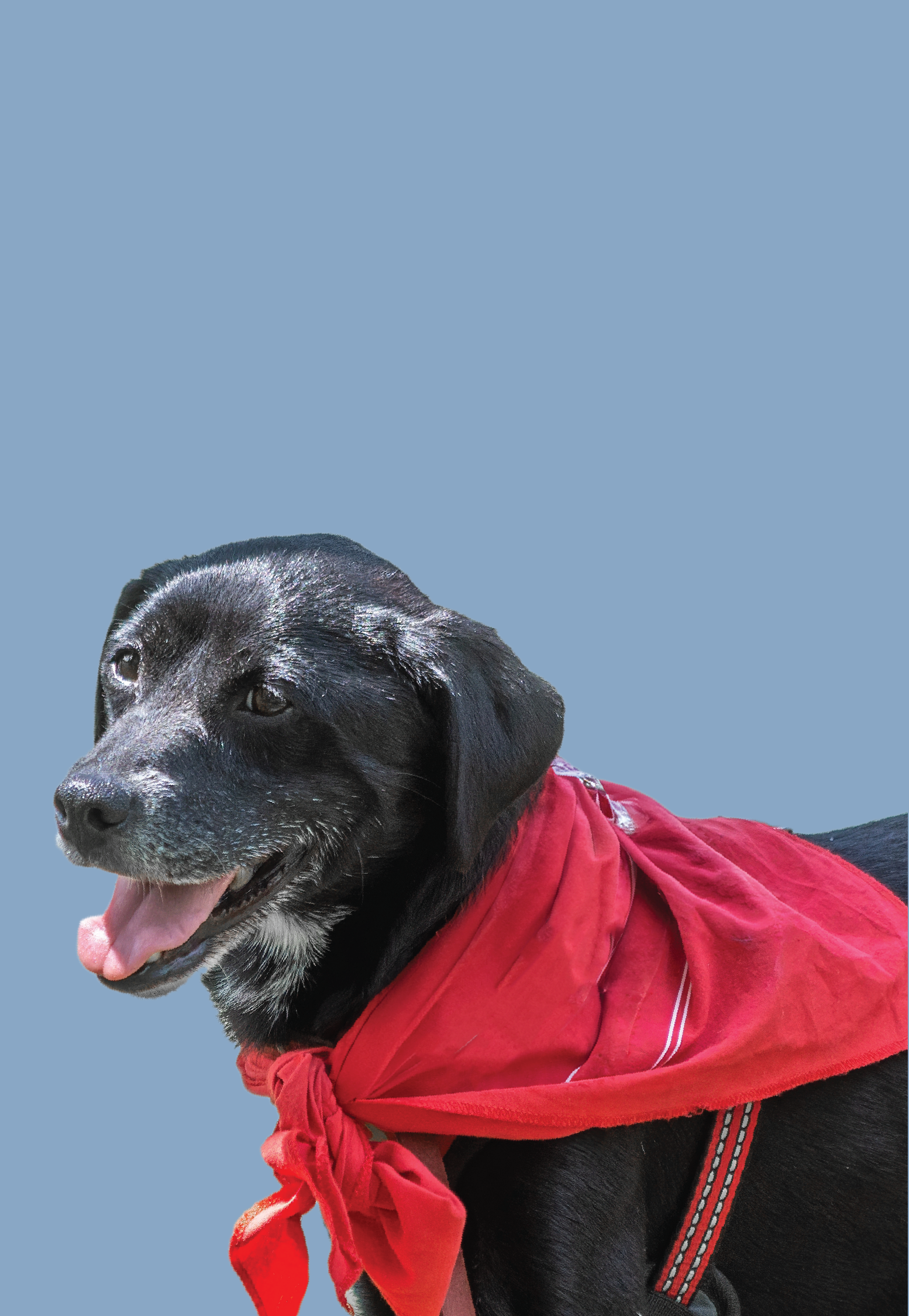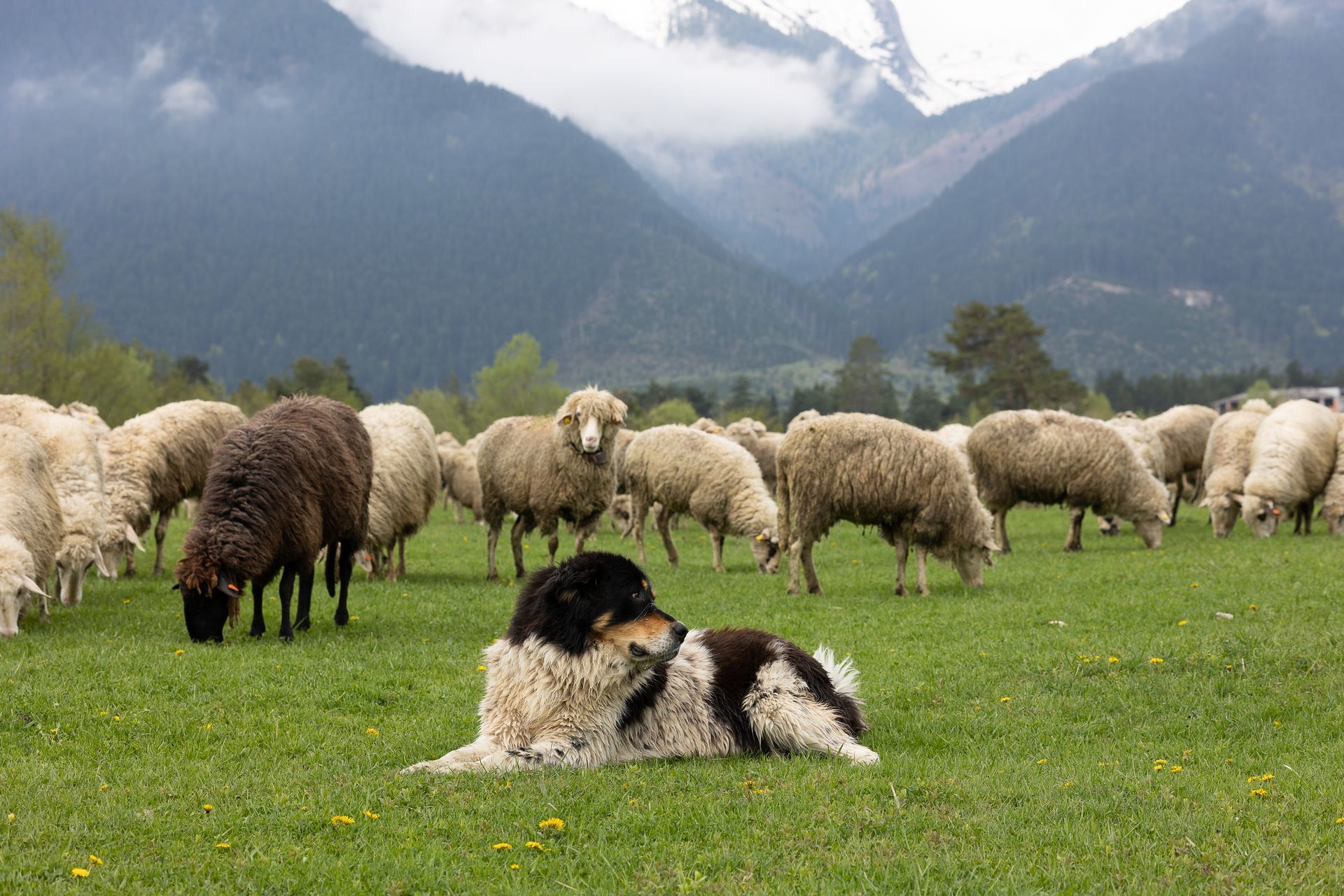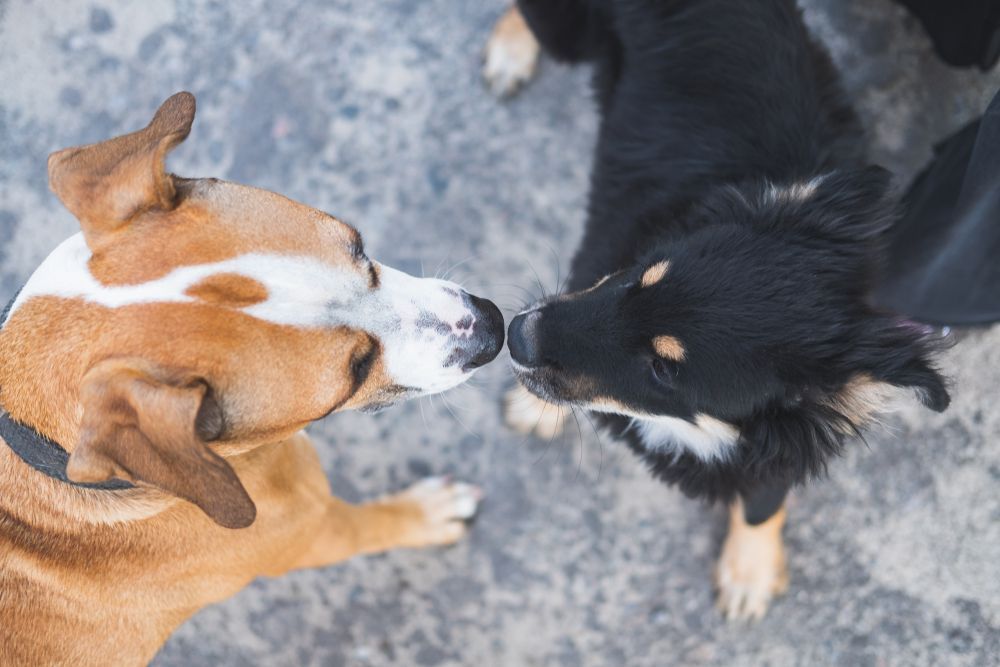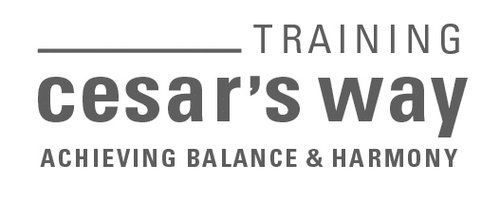When to Start Puppy Training: Complete Timeline
Share this Article:
Written by: Always Faithful Dog Training
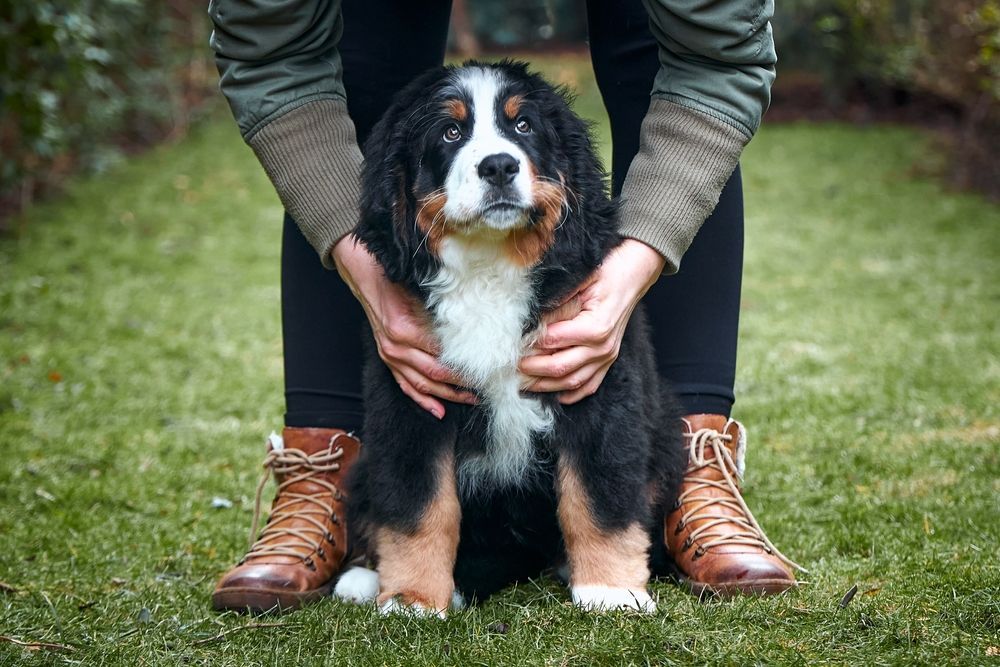
Welcoming a puppy into your life is an exciting and rewarding experience. With those wagging tails and playful antics, they bring endless joy—but also plenty of challenges. Knowing when to begin training your puppy can make all the difference in shaping their behavior and building a strong bond.
Puppies are naturally eager to learn, and starting early helps address common issues like potty training, chewing, and jumping before they become bigger issues. From the very first weeks to their first birthday, there are simple steps you can take to guide your pup’s learning at each stage of their development.
With the right approach and support, you can set your furry friend up for success—and Always Faithful Dog Training is here to help every step of the way.
Introduction to Puppy Training
Puppies are incredibly impressionable during their first few months, making this an ideal period to set the stage for their development. Every interaction teaches them something about their environment, you, and their place in the family. Training isn’t just about teaching commands—it’s about fostering good habits, establishing boundaries, and creating a balanced and happy environment where your puppy sees you as their leader.
Puppies naturally seek a pack leader, and when you fill that role with calm, consistent guidance, they learn to trust and follow you. Starting early gives your puppy the best chance to grow into a well-behaved and confident adult dog.
Why Start Training Early?
Dogs are pack animals by nature, and early training allows you to clearly establish yourself as the pack leader. This clarity creates a secure and trusting relationship, as your puppy knows who to look to for guidance.
Socialization is another key benefit of early training. Exposing your puppy to different environments, people, and other animals in a structured way helps them become well-adjusted and reduces fear or aggression later in life.
Additionally, training at an early age lays the groundwork for good behavior and habit-building. Puppies are more receptive to learning than older dogs, making it easier to teach essential skills like house training, leash walking, and basic commands. By starting early, you’re not only addressing potential problem behaviors before they arise but also building a foundation for a lifetime of positive interactions with your dog.
Puppy Training Timeline
Training your puppy is a gradual process that evolves as they grow. Focusing on the right skills at the right time helps your pup develop good habits and a strong bond with you. This timeline provides guidance on what to teach during each stage of their early development.
8–10 Weeks: Focus on Crate and House Training
The first weeks at home are the time to establish structure and routines. Start house training using a crate, which helps manage accidents and gives your puppy a safe place for rest. Take your puppy outside frequently, especially after meals, naps, or playtime, and create a consistent schedule to encourage success.
Introduce leash training slowly. Begin indoors with a lightweight leash to help your puppy get used to the feeling, then move to short, calm walks. Teach them to walk at your side with a loose leash while providing opportunities to explore and sniff safely.
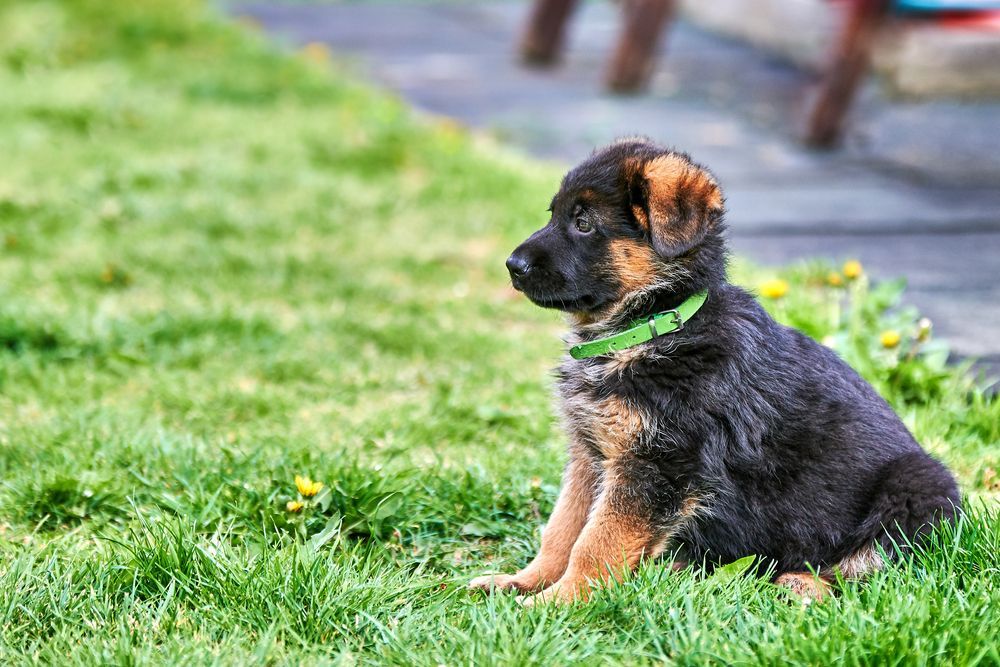
Set clear rules and boundaries early to establish yourself as the leader in your puppy’s eyes. Praise calm behaviors and firmly yet gently redirect undesirable actions like jumping or nipping. Leadership is built through consistent guidance, showing your puppy that you are in control and they can trust you to set the tone.
Socialization should also start now. Safely expose your puppy to new people, environments, and friendly animals to build confidence and prevent fear or aggression in the future.
10–12 Weeks: Basic Commands
This is a great time to start teaching simple commands such as “sit” and “stay.” Use clear communication and praise to reinforce correct responses. Short, structured sessions emphasize your role as their leader while keeping learning enjoyable.
Extend leash training with slightly longer walks and teach the “leave it” command for safety. Puppies often explore with their mouths, so save this command for dangerous items and offer appropriate chew toys to satisfy their curiosity.
3–4 Months: Extend Commands and Continue Socialization
Expand the duration of the “stay” command and introduce “come.” Practice calling your puppy from short distances, rewarding them with encouragement when they respond promptly. This reinforces their instinct to look to you for guidance and direction.
Continue socialization during this phase. Take your puppy to new places, meet different people, and allow safe interactions with other dogs. These experiences help your puppy build confidence and adapt to a variety of situations as they grow.
4–6 Months: Building Focus and Expanding Commands
This stage is ideal for reinforcing commands in different settings. Work on “leave it” with more distractions and teach your puppy to maintain focus through eye contact exercises. Call their name, reward their attention with praise, and practice this often to strengthen their response.
Continue working on the “come” command, increasing the distance and distractions gradually. Consistent practice in varied environments helps your puppy remain focused and responsive no matter the situation.
6 Months and Older: Advanced Skills
Your puppy is now ready to tackle more advanced skills. Practice commands like “stay” and “come” in high-distraction environments to solidify their training. Introduce the “place” command to teach your dog to settle in a specific spot during busy times or when guests visit.
Address any lingering behavioral concerns through focused training sessions. With steady practice and leadership, your puppy will grow into a well-mannered, confident companion equipped for a lifetime of success.
Top Puppy Training Tips
Training your puppy is a rewarding journey that strengthens your bond and creates a well-mannered companion. The key is setting the right foundation with consistent actions, clear leadership, and avoiding common pitfalls.
Consistency and Patience
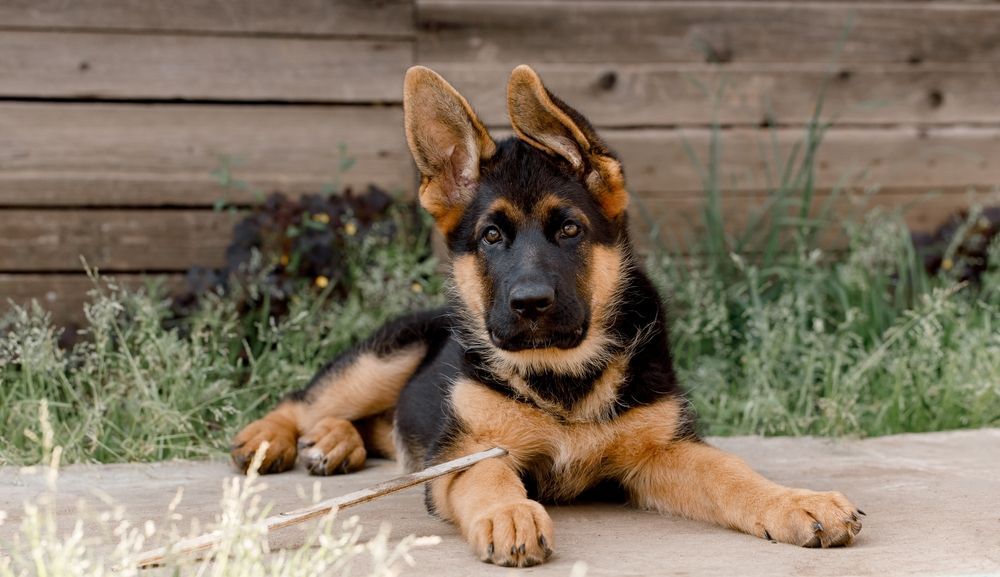
Dogs thrive on consistency. From feeding schedules to training routines, keeping a predictable structure helps your puppy understand what’s expected of them. Use the same commands for specific actions—like “sit” or “stay”—to prevent confusion and speed up learning.
Patience is equally important. Puppies are full of energy and curiosity, which means mistakes are inevitable. Stay calm and persistent, even when progress feels slow. Celebrate small wins, and remember that training is about steady improvement rather than instant perfection.
Use Leadership
At Always Faithful Dog Training, our methods focus on Leadership Training, teaching you the language of your dog. Dogs naturally seek a leader, and when you take on that role, your puppy feels secure and willing to follow your guidance.
Without a leader, your dog might try to fill that role, leading to problem behaviors like leash pulling, jumping, or barking. By establishing yourself as a calm, confident leader, you can set clear boundaries and guide your puppy’s behavior just as a pack leader would in the wild.
Avoid Common Mistakes
One common mistake is being inconsistent with rules. Allowing your puppy to jump one day but scolding them the next creates confusion. Always apply the same boundaries.
Another error is using punishment-based techniques. These can damage trust and cause fear. Instead, focus on reinforcing desired behaviors and redirecting unwanted actions calmly.
With these tips and leadership-based training, your puppy will thrive in a secure, well-structured environment.
Conclusion
The tools you use early in your puppy’s life shape their behavior and the relationship you’ll share for years to come. Setting the tone with structure and leadership from the start helps prevent problem behaviors, making training smoother and more effective. Leadership-based training teaches your puppy to trust and follow your guidance, just as they would a pack leader in the wild.
When you establish rules and boundaries early, your puppy learns what’s expected and feels secure in your home. This proactive approach means less correcting down the road and more time enjoying a well-mannered, balanced companion.
Consistency, patience, and calm leadership are the keys to success. And remember, training isn’t something you have to navigate alone. For expert support, Always Faithful Dog Training is here to help.
Be the leader your puppy needs and set them up for a lifetime of success. Find a dog trainer near you today!
Connect with Us:
